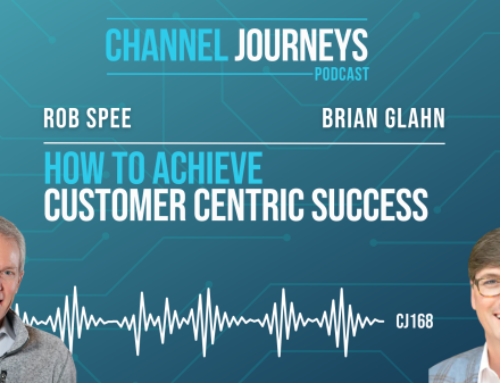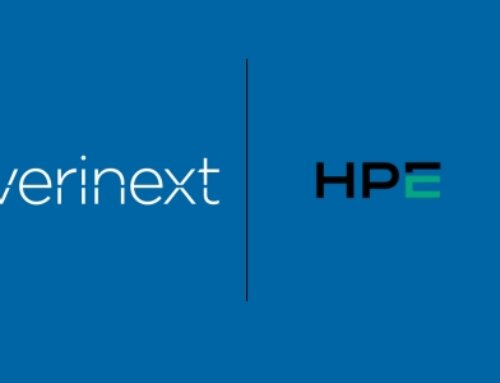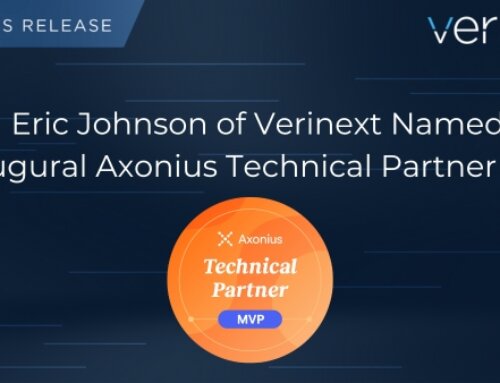The following article appeared in APMdigest on August 2, 2023, written by Verinext’s Steve Tranchida.
Read the original article here.
Fueled by the need to become digitally competitive, businesses are on a mission to modernize their operations, investing in applications and moving workloads to the public cloud. It’s driving the Application Modernization Services Market to an estimated 16.80% growth rate until 2030, according to Market Research Future (MRFR).
While updating software or investing in new applications can certainly improve performance, by itself it can only provide a short-term fix and does not take into account the totality of what needs to be done to achieve modernization that has long term value. That takes a holistic approach that includes a retooling of the foundational architecture and a rethinking of development and engineering processes to align with faster digital innovation.
Technology is not the endgame here. It is the result of careful analysis of what an organization needs in architecture and platform changes to face the evolving digital future.
Assessing Architecture
Modern architecture is more fluid than static, designed to be a system of components that can operate more independently, using off-the-shelf platforms when they meet a need and having the flexibility to incorporate new technology when it supports a business initiative.
Before making new technology purchases organizations need to examine their underlying architecture with an eye toward digital innovation. Machine learning driven analysis, AI applications, cloud-native applications — all require integration into an organization’s architecture and ongoing support, updates and management as workloads expand.
The reality is a legacy siloed architecture won’t support this level of agility and change required in a modern architecture. As McKinsey says, “This notion of architecture as a discrete and separate function is further challenged in a digital enterprise: architecture does not have a natural home in the idealized model of a flat, distributed agile-delivery organization made up of developers, designers, testers, and product owners.”
To get to this more flexible state that engages DevOps and product teams, it’s best to begin with a roadmap that can plan the transition and create manageable sections along the way. All teams engaged in the transition should collaborate and reach consensus on budget, staff time needed, milestones to reach, and switchovers that can cause any workflow disruption, among other factors.
Aligning Processes
Along with redefining architecture is reassessing how an organization’s teams approach change. Before spending budget on a modern architecture platform, internal staff must evaluate whether its approach aligns with the nimble, flexible dynamic of a digital business. How teams manage, scope projects, design and code for applications, release new software and secure all these initiatives must support modernization.
Implementing modern software development and platform engineering processes therefore is essential to successfully building and managing digitally focused IT systems. Platform engineering is gaining prominence as a way for developers to have more autonomy in creating software and services and more quickly moving innovation to market. Gartner describes it as a “frictionless, self-service developer experience that offers the right capabilities to enable developers and others to produce valuable software with as little overhead as possible.” In brief, it provides customized tools within a platform, to enable DevOps to get to the finish line far more efficiently with a project.
Gartner estimates by 2026, 80% of software engineering organizations “will establish platform teams as internal providers of reusable services, components, and tools for application delivery. Platform engineering will ultimately solve the central problem of cooperation between software developers and operators.”
To stay competitive in the faster time-to-market culture, digital businesses need modern processes like platform engineering to respond quickly to changing customer needs.
Being Smart About Technology
With a redefined architecture and modern development processes in place, organizations can make smart, strategic decisions about technology investment. Using the architecture roadmap and milestones as the foundation, all teams can begin to frame what technology is needed to facilitate modernization. This avoids making costly short-term decisions on purchases and helps to focus on the endgame, which is not technology, but long-term digital competitiveness.






